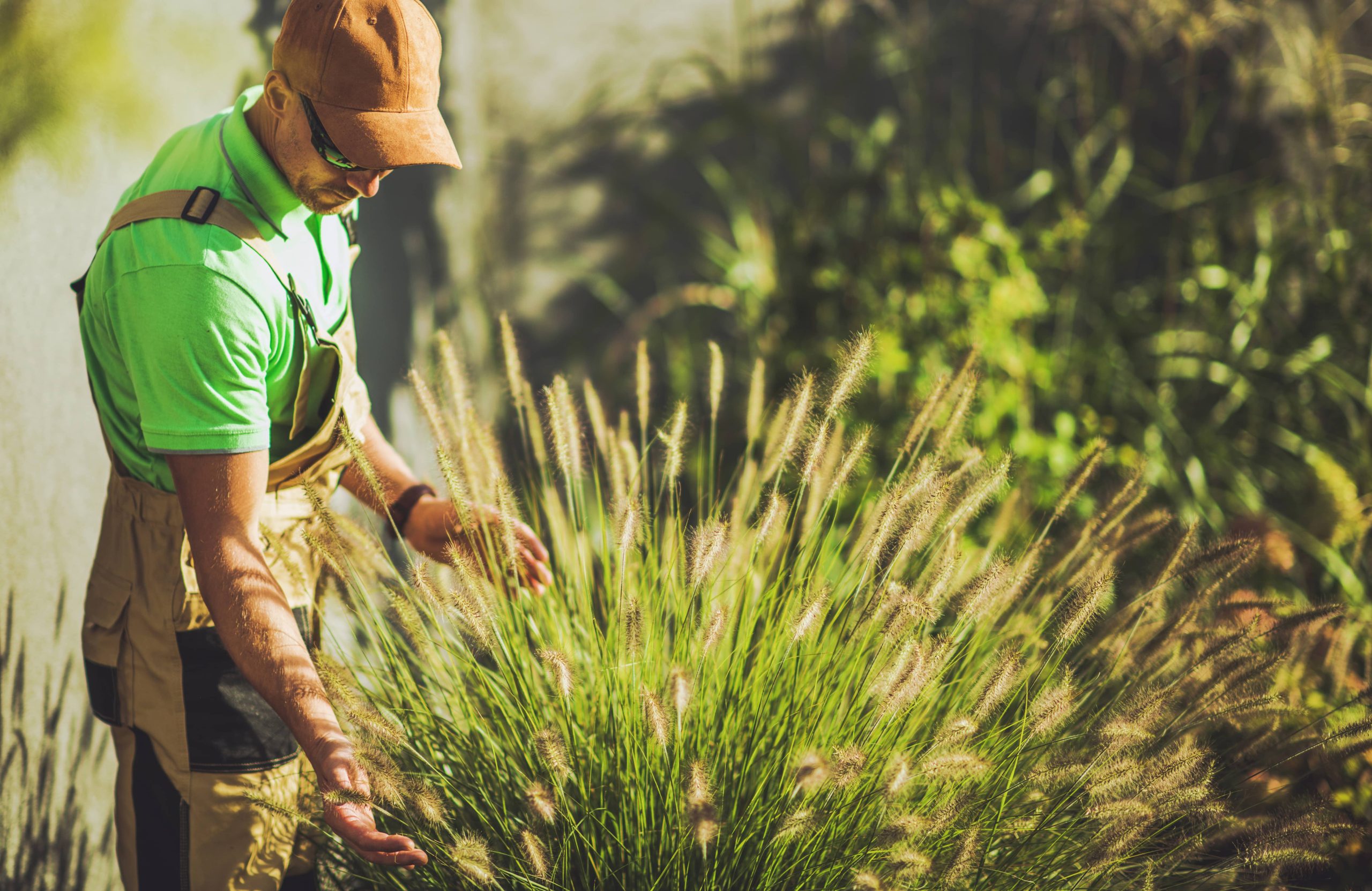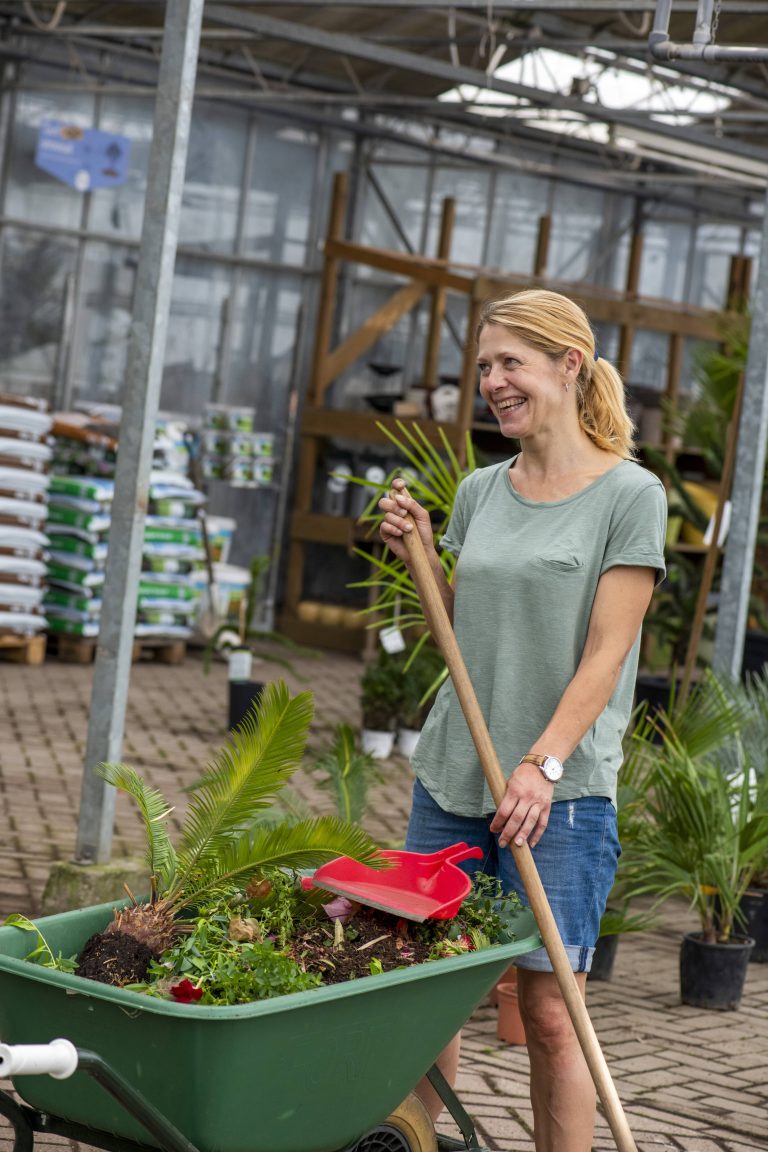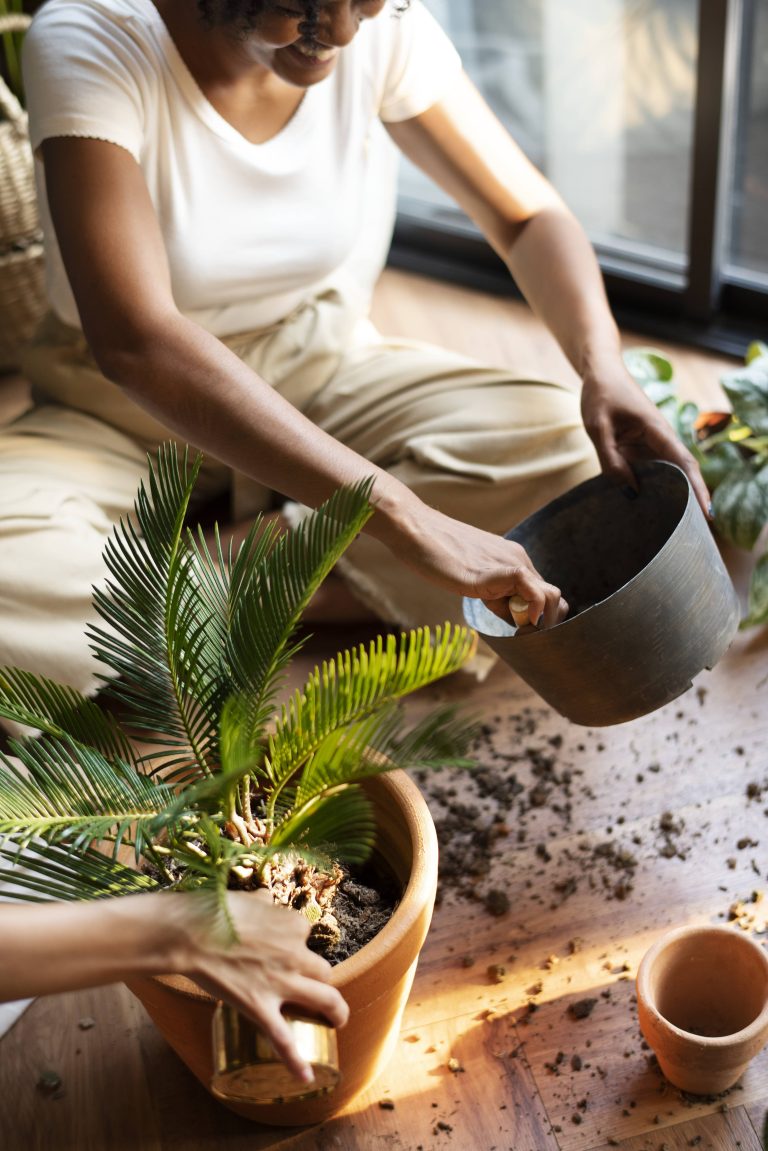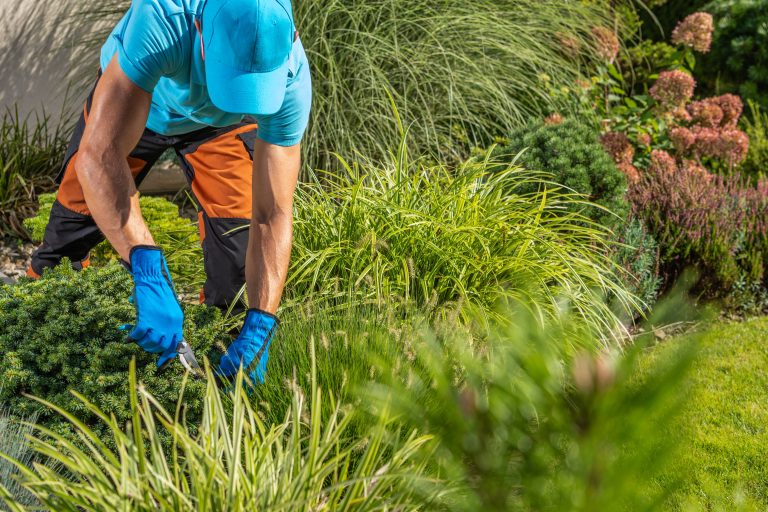
In an era where hybrid and genetically modified seeds become increasingly prevalent, there’s a burgeoning interest in cultivating heirloom vegetables. These seeds offer more than just sustenance—they provide a culinary bridge back to our roots, preserving biodiversity and enriching our tables with flavors that harken to days long past. For the enthusiastic gardener, growing heirloom vegetables provides an opportunity to savor unique tastes that have graced gardens for generations and to experience the thrill of cultivating living heirlooms.
What Are Heirloom Vegetables?
Heirloom vegetables are open-pollinated plants, meaning they are pollinated naturally through wind, insects, or animals. This natural reproduction results in seeds that reliably replicate the parent plant, provided there’s no cross-pollination with other varieties. While not all experts agree on the exact definition, heirloom varieties are generally those that have been passed down through generations, often for more than 50 years. These plants were cultivated for their flavor, resilience, and adaptability to specific regional conditions.
A Journey Through Time and Flavors
One of the most delightful rewards of growing heirloom vegetables is the unique, robust taste they offer. Over time, modern agriculture’s drive for uniformity, high yields, and pest resistance has often overshadowed natural taste and texture. Heirloom vegetables restore that historic palate. Consider the Brandywine tomato, with its notable pink hue and unmatched richness, or the Moon & Stars watermelon, with its sweet, dense flesh and celestial pattern on its skin. Each variety tells a story, rooted in diverse cultures and climates, offering a taste of the historical wealth of global agriculture.
Heirlooms and Biodiversity
Planting heirloom vegetables preserves genetic diversity. In contrast to monoculture practices that dominate industrial agriculture, heirlooms are a testament to agricultural biodiversity. This diversity is vital because genetically varied species can adapt to change more readily than their hybrid counterparts. By cultivating heirlooms, gardeners contribute to a living gene bank, helping safeguard species that might otherwise be lost.
Furthermore, heirloom seeds often possess adaptive traits tailored to specific climates. Such traits allow them to thrive without the heavy reliance on fertilizers and pesticides. This environmental advantage makes heirloom gardening a sustainable option for growers looking to reduce their ecological footprint.
Heirloom Gardening: Steps to Succeed
For those interested in embarking on this journey through time, starting an heirloom garden requires understanding a few key principles:
1. Choosing Your Varieties: Begin by selecting vegetables that suit your climate and soil type. Consider consulting local gardening clubs or seed exchanges for heirloom varieties that perform well in your region. Notably, there’s an heirloom for almost every climate—be it humid, dry, hot, or cold.
2. Sourcing Seeds: Reputable sources are essential in ensuring the purity of heirloom seeds. Organizations like Seed Savers Exchange or Baker Creek Heirloom Seeds offer a wide range of authentic heirloom varieties.
3. Soil Preparation: Heirlooms often thrive best in well-aerated soil rich in organic matter. Preparing your garden beds with compost and natural fertilizers can enhance soil structure, ensuring plants receive the nutrients they need to grow robustly.
4. Plant Care: Heirloom plants often require more attentive care than modern hybrids. Monitor soil moisture carefully, and understand the specific needs of each plant. Mulching can help retain soil moisture and suppress weeds, offering a low-maintenance solution to some of the challenges gardening presents.
5. Saving Seeds: Part of the allure of heirloom gardening is the ability to save your seeds for next season. Allow some of your best plants to go to seed, then harvest and store them in a cool, dry place. Seed-saving preserves the genetic line of your plants, making it an integral part of maintaining heirloom varieties.
Building a Community
Beyond the practice itself, planting heirloom vegetables can foster community. Many gardeners find joy in connecting with others over seed exchanges, sharing stories of new finds, successful harvests, and the challenges of cultivation. Heirloom gardening forums, local meet-ups, and seed swaps are fantastic ways to meet others who are passionate about sustainable, historical gardening practices.
Bridging Generations
Heirloom gardening is as much about family as it is about farming. Sharing the practice with younger generations can instill a sense of history, responsibility, and environmental stewardship. It can be a delightful way for grandparents or parents to bond with children while sharing knowledge passed down through the family line.
In conclusion, the decision to cultivate heirloom vegetables is one that reaps multiple rewards. The aromas and flavors of heirlooms provide an unparalleled culinary experience, while their cultivation supports agricultural biodiversity, environmental sustainability, and community building. By growing heirloom vegetables, you don’t just taste the past; you cultivate it, ensuring that future generations can enjoy the rich legacy of our agricultural heritage. Dive into the world of heirlooms and rediscover the joy of gardening that carries with it a story as old as time.












